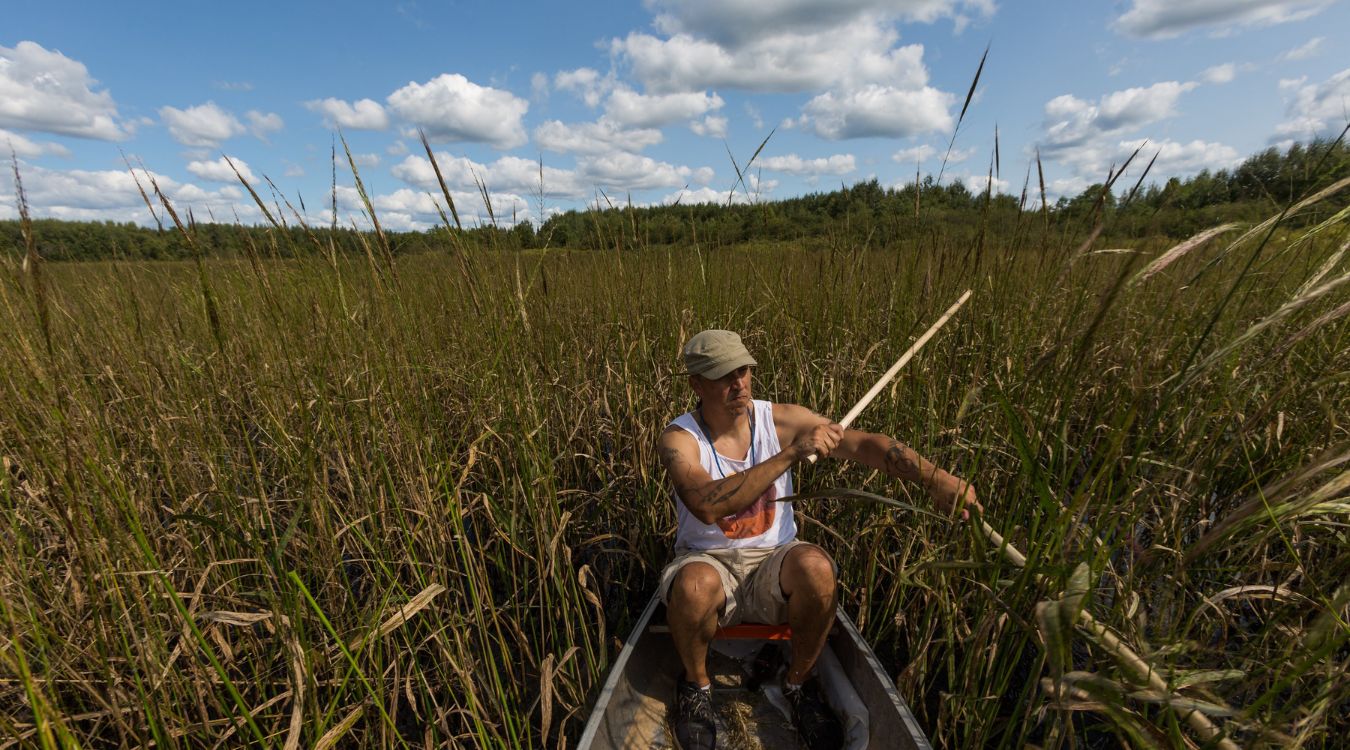Secrets Of Wild Rice Harvesting In Wisconsin’s Lac Du Flambeau Reservation

Have you ever wondered how wild rice harvesting is done in Wisconsin's Lac Du Flambeau Reservation? This unique tradition has been passed down through generations, blending culture and nature in a beautiful way. The process involves paddling through serene waters, gently knocking the rice into canoes. It's not just about gathering food; it's a celebration of heritage and community. The reservation's pristine lakes provide the perfect setting for this annual event. Whether you're a history buff, nature lover, or just curious, learning about wild rice harvesting offers a glimpse into a rich cultural practice that continues to thrive today.
The Rich History of Wild Rice in Lac Du Flambeau
Wild rice, or "manoomin" as the Ojibwe people call it, holds a special place in the heart of Lac Du Flambeau. This aquatic grass isn't just food; it's a cultural treasure. Harvesting wild rice is a tradition passed down through generations, blending ancient practices with modern techniques.
Best Time to Harvest Wild Rice
Timing is everything when it comes to wild rice harvesting. The rice is ready when the grains are firm and the husks turn from green to golden brown. Typically, this happens between late August and early September.
- Late August: The rice starts to ripen. Early harvesters get the first pick, but the grains might still be a bit green.
- Early September: This is peak season. The grains are fully mature, making it the best time for a bountiful harvest.
Essential Tools for Harvesting Wild Rice
Harvesting wild rice requires specific tools. These tools have been used for centuries and are essential for a successful harvest.
- Canoe: A lightweight canoe is perfect for navigating the shallow waters where wild rice grows.
- Knocking Sticks: These wooden sticks are used to gently knock the rice grains into the canoe.
- Push Pole: This long pole helps maneuver the canoe through the dense rice beds.
The Harvesting Process
The process of harvesting wild rice is both an art and a science. It involves skill, patience, and respect for nature.
- Poling Through the Rice Beds: Using the push pole, harvesters navigate through the rice beds, careful not to damage the plants.
- Knocking the Rice: With one person poling, the other uses the knocking sticks to gently tap the rice stalks, causing the grains to fall into the canoe.
- Drying and Winnowing: After harvesting, the rice is spread out to dry. Once dry, it's winnowed to remove the husks.
Cultural Significance of Wild Rice Harvesting
For the Ojibwe people, wild rice harvesting is more than just a way to gather food. It's a spiritual practice that connects them to their ancestors and the land.
- Ceremonial Feasts: Harvesting season often begins and ends with ceremonial feasts, celebrating the bounty of the land.
- Traditional Songs and Dances: These are performed to honor the spirits of the rice and the ancestors who taught the harvesting methods.
Conservation Efforts
Preserving wild rice is crucial for maintaining the cultural heritage of the Lac Du Flambeau Reservation. Conservation efforts ensure that future generations can continue this ancient practice.
- Sustainable Harvesting: Only a portion of the rice is harvested each year, allowing the plants to regenerate.
- Water Quality Monitoring: Ensuring the lakes and rivers remain clean and healthy is vital for the growth of wild rice.
Visiting Lac Du Flambeau During Harvest Season
Visiting Lac Du Flambeau during the wild rice harvest season offers a unique opportunity to witness this ancient tradition firsthand.
- Guided Tours: Local guides offer tours that provide insight into the history and techniques of wild rice harvesting.
- Cultural Events: Attend cultural events and festivals that celebrate the harvest season, complete with traditional music, dance, and food.
Supporting Local Communities
Supporting the local communities of Lac Du Flambeau helps preserve their traditions and way of life.
- Buying Wild Rice: Purchase wild rice directly from local harvesters to ensure they receive fair compensation for their work.
- Donations: Contribute to organizations dedicated to preserving the cultural heritage and natural resources of the Lac Du Flambeau Reservation.
Embracing Tradition and Nature
Wild rice harvesting in Wisconsin's Lac Du Flambeau Reservation is more than just a practice. It's a deep connection to nature and heritage. The process, from preparing the canoes to the rhythmic knocking of rice into the boats, reflects a way of life passed down through generations. This tradition not only sustains the community but also preserves the environment, ensuring the wild rice beds remain healthy for future harvests.
Visitors to the reservation can witness this unique cultural event, gaining insight into the importance of wild rice to the Ojibwe people. Participating in or observing the harvest offers a rare glimpse into a world where tradition and nature coexist harmoniously. By understanding and respecting these practices, we contribute to the preservation of a vital cultural and ecological resource.

